When you're deciding on a new cooktop, you may find yourself caught between two popular options: ceramic hobs and induction hobs. While they may look similar at first glance, these two types of cooktops operate very differently and offer distinct advantages depending on your cooking style and needs.

Similarities Between Ceramic and Induction Hobs
At first sight, ceramic and induction hobs can appear almost identical. Both feature sleek, modern glass-ceramic surfaces that enhance the aesthetics of any kitchen, offering a streamlined, easy-to-clean look. With no exposed burners or grates, cleaning becomes much simpler compared to traditional cooktops. A quick wipe with a cloth and some warm soapy water is all it takes to remove food spills or splatters. This surface design is especially beneficial for busy families and those who want minimal maintenance in the kitchen.
Both types of hobs also come equipped with safety features, such as hot surface indicators to warn you if a zone is still hot after cooking, and child safety locks to prevent little hands from altering the settings. Both also often require professional installation due to the specific electrical configurations they demand, making it essential to have them installed by a certified electrician.
How Do Ceramic Hobs Work?
Ceramic hobs work by using electric heating elements beneath a smooth glass surface. When you turn on the hob, an electric current passes through the elements, generating heat, which is then transferred to the pan. This design is generally slower than induction cooking, but still much faster than traditional coil or electric hot plate hobs.
One of the advantages of ceramic hobs is their affordability.
Compared to induction hobs, ceramic cooktops are often much cheaper and come in a wide variety of sizes and styles, making them a great option for those on a budget or those who don’t need the rapid heating power of induction. Additionally, they are fully compatible with all types of cookware, so you don’t need to worry about replacing your current pots and pans.
However, ceramic hobs are less energy-efficient than induction. This is because the entire cooking zone heats up, causing some of the heat to escape around the pan's sides. Additionally, ceramic hobs retain heat for a while after turning off, which can be a drawback if you're looking to cool down quickly.
How Do Induction Hobs Work?
Induction hobs use magnetic fields to directly heat the pan rather than the cooking zone itself. When a pan is placed on an induction hob, the magnetic field generated by the hob creates heat within the pan, which then cooks the food.
This process allows for much faster heating compared to ceramic hobs, making induction technology incredibly efficient.
One of the standout features of induction cooktops is their energy efficiency. Since only the pan gets heated, less heat is lost to the surrounding area. This makes induction hobs more environmentally friendly and less expensive to operate in the long run. Moreover, induction hobs offer precise temperature control, meaning you can go from a low simmer to a high boil with pinpoint accuracy—similar to a gas hob but without the flames.
Another significant advantage of induction hobs is safety.
Since the hob itself does not get hot (except under the pan), the risk of burns during or after cooking is drastically reduced. If you’ve ever accidentally touched a hot ceramic hob and burned yourself, you can appreciate how much safer induction hobs can be. Additionally, induction hobs tend to cool down much faster than ceramic hobs, meaning you can handle your cookware more quickly and safely.
Which Hob Is Right for You?
| What type of cooktop do you choose? | Ceramic | Induction |
|---|---|---|
| You want your cooktop to heat up quickly | No | Yes |
| You want to save energy while cooking | No | Yes |
| You want to use any cookware | Yes | No (requires magnetic cookware) |
| You want to cook fast and efficiently | No | Yes |
| You want to avoid residual heat after cooking | No | Yes |
| You’re on a tight budget | Yes | No |
If you're on a tight budget or looking for something straightforward and compatible with any cookware, a ceramic hob might be the better choice for you. They provide a stylish, efficient cooking experience for those who don’t need rapid heat and are okay with slightly higher energy consumption.
On the other hand, if you’re after speed, energy efficiency, and advanced safety features, an induction hob could be the right fit. While it’s a more significant investment upfront, the long-term benefits of quicker cooking times, lower energy bills, and safer cooking environments could make it well worth the price.
Both ceramic and induction hobs offer sleek, easy-to-maintain designs that will complement any modern kitchen. Ultimately, it’s about choosing the one that best matches your cooking style, budget, and lifestyle.
Shop The Best Electric Ceramic Hob
1. Gadgets 30cm 2-Zone Electric Ceramic Hob
- Powerful Dual-Zone Heating (3000W): Equipped with two cooking zones (1200W front burner, 1800W rear burner) for versatile and even cooking.
- 9 Power Levels with Sensitive Touch Control: Adjust heat easily for everything from simmering to high-heat frying.
- Timer & Auto Shut-Off: Set cooking times up to 99 minutes with auto shut-off for peace of mind.
- Wide Cookware Compatibility: Works with all types of cookware, including stainless steel, copper, and glass.
- Compact & Lightweight Design: Perfect for small kitchens, apartments, or as an additional countertop burner.
- Safety Features: Includes child safety lock, overflow protection, overheat protection, and residual heat indicator.
- Easy to Clean: The sleek black crystal glass surface wipes clean effortlessly.

Dimensions: 290* 520 *50 mm | Power: 3000W | Installation Type: Built-in
2. Gadgets 60cm Black 4-Zone Built-In Ceramic Hob
- 4 Cooking Zones (6000W Total): Offers versatile cooking with multiple zones, ideal for preparing multiple dishes simultaneously.
- Touch Control & 9 Power Levels: Easy-to-use touch slider control for precise temperature adjustments.
- Universal Pan Compatibility: Suitable for all cookware types from stainless steel to glass and ceramic.
- Independent Timers for Each Zone: Timer settings up to 99 minutes for each cooking zone.
- Comprehensive Safety Features: Includes child lock, residual heat indicator, auto-pan detection, and more.
- Built-in Design: Seamlessly fits into modern kitchen countertops.

Dimensions: 590* 520 *50 mm | Power: 6000W | Installation Type: Built-in
3. Gadgets 60cm Black 3-Zone Electric Ceramic Hob
- 3-Zone Heating (5600W Total): Features a powerful 2700W zone for fast cooking and two other efficient cooking zones.
- Precise Touch Control with 9 Power Levels: For accurate heat settings from gentle simmering to high-heat frying.
- Universal Cookware Compatibility: Suitable for various types of cookware, including iron, stainless steel, and ceramic.
- Safety Features: Child safety lock, residual heat indicator, automatic pan detection, and overheat protection.
- Efficient & Easy to Clean: Zero radiation with pure thermal transfer and a sleek, easy-to-clean black crystal surface.

Dimensions: 590* 520 *50 mm | Power: 5600W | Installation Type: Built-in
Here's a comparison table for the three ceramic hobs:
| Feature | 30cm 2-Zone Electric Ceramic Hob | 60cm Black 4-Zone Built-In Ceramic Hob | 60cm Black 3-Zone Electric Ceramic Hob |
|---|---|---|---|
| Power | 3000W | 6000W | 5600W |
| Cooking Zones | 2 Zones (1200W front, 1800W rear) | 4 Zones (1800W front, 1200W rear x 2) | 3 Zones (2700W rear, 1200W front, 1800W left) |
| Timer | 99-Minute Timer with Auto Shut-Off | Individual Timers (99 minutes each zone) | Individual Timers (99 minutes each zone) |
| Cookware Compatibility | Universal (stainless steel, copper, glass) | Universal (stainless steel, copper, glass) | Universal (stainless steel, copper, glass) |
| Safety Features | Child Lock, Overflow Protection, Overheat Protection, Residual Heat Indicator | Child Lock, Residual Heat Indicator, Auto Pan Detection, Overheat Protection | Child Lock, Residual Heat Indicator, Auto Pan Detection, Overheat Protection |
| Dimensions (W×D×H) | 290×520×50 mm | 590×520×50 mm | 590×520×50 mm |
| Weight | 4.0kg | 7.8kg | 7.8kg |
| Price Range | Affordable | Mid-Range | Mid-Range |
| Power Setting | 9 Power Levels | 9 Power Levels | 9 Power Levels |
| Ease of Cleaning | Easy-to-Clean Crystal Glass Surface | Easy-to-Clean Black Crystal Glass Surface | Easy-to-Clean Black Crystal Glass Surface |
| Key Benefit | Compact design for small spaces | 4 Zones for multi-dish cooking | Powerful 2700W rear zone for fast cooking |
Conclusion:
Choosing between a ceramic and induction hob comes down to what’s most important to you in the kitchen. Ceramic hobs offer affordability and versatility, while induction hobs deliver faster cooking, greater energy efficiency, and enhanced safety. No matter which you choose, both options provide an aesthetically pleasing and functional cooking solution that will fit seamlessly into your kitchen setup.
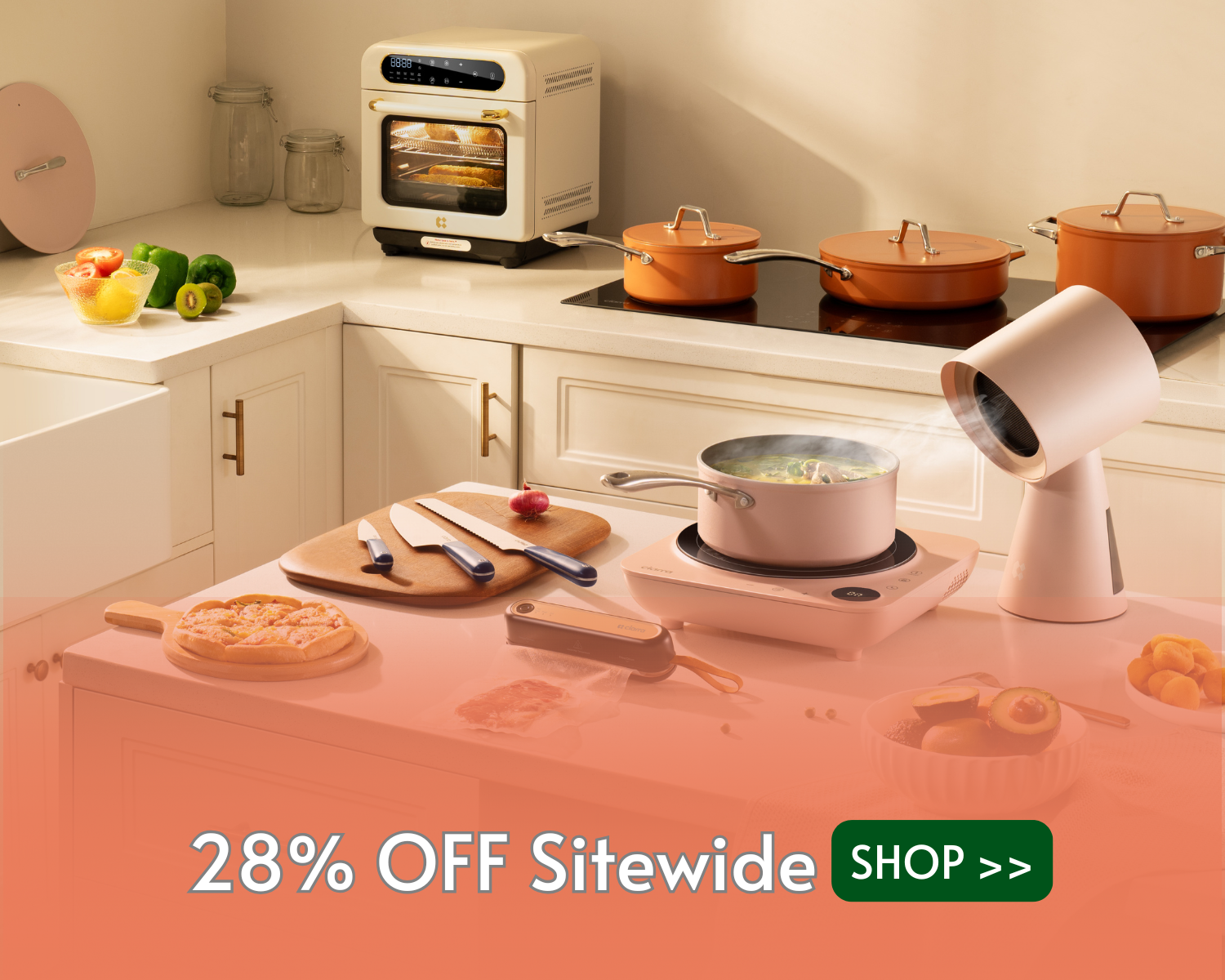
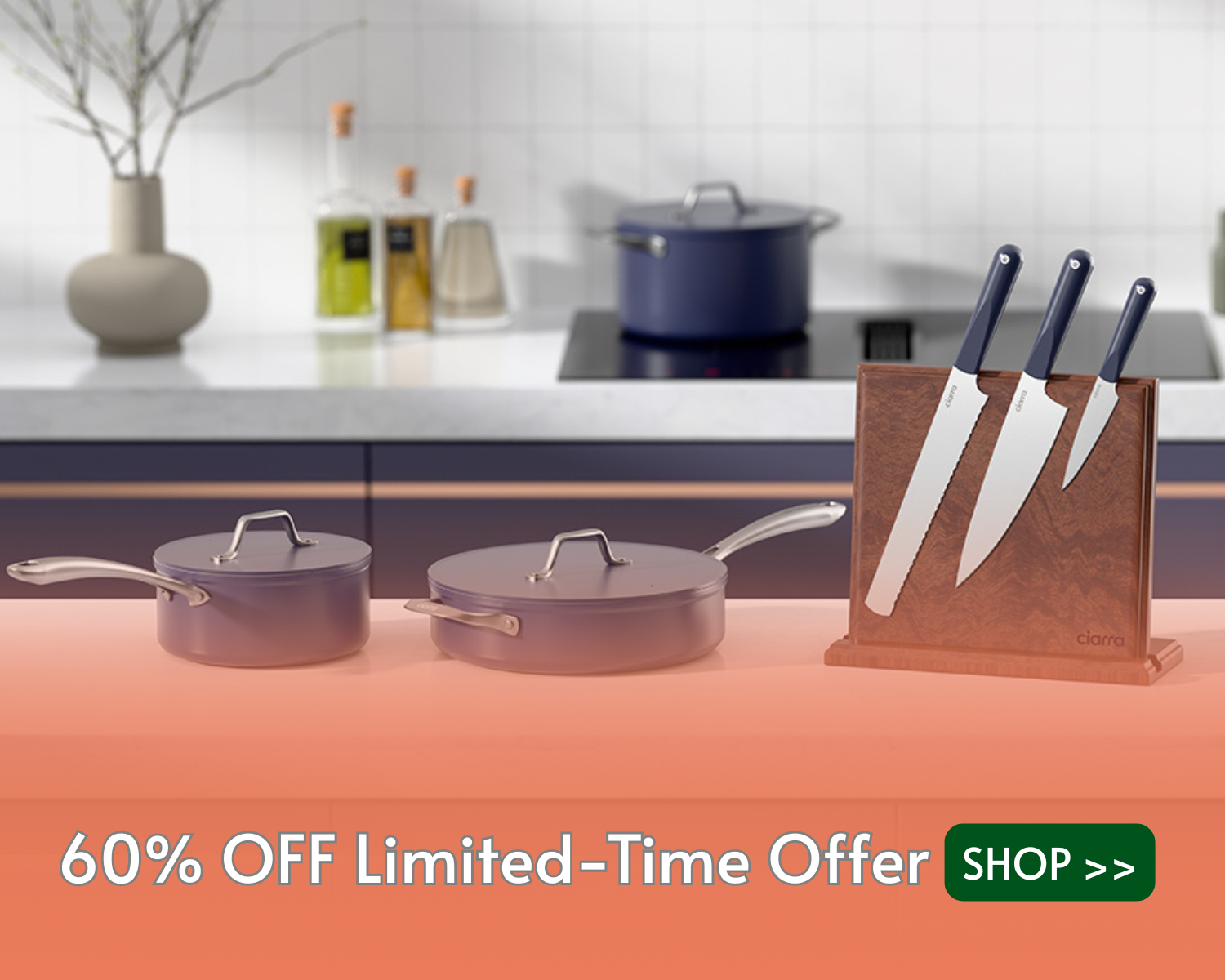
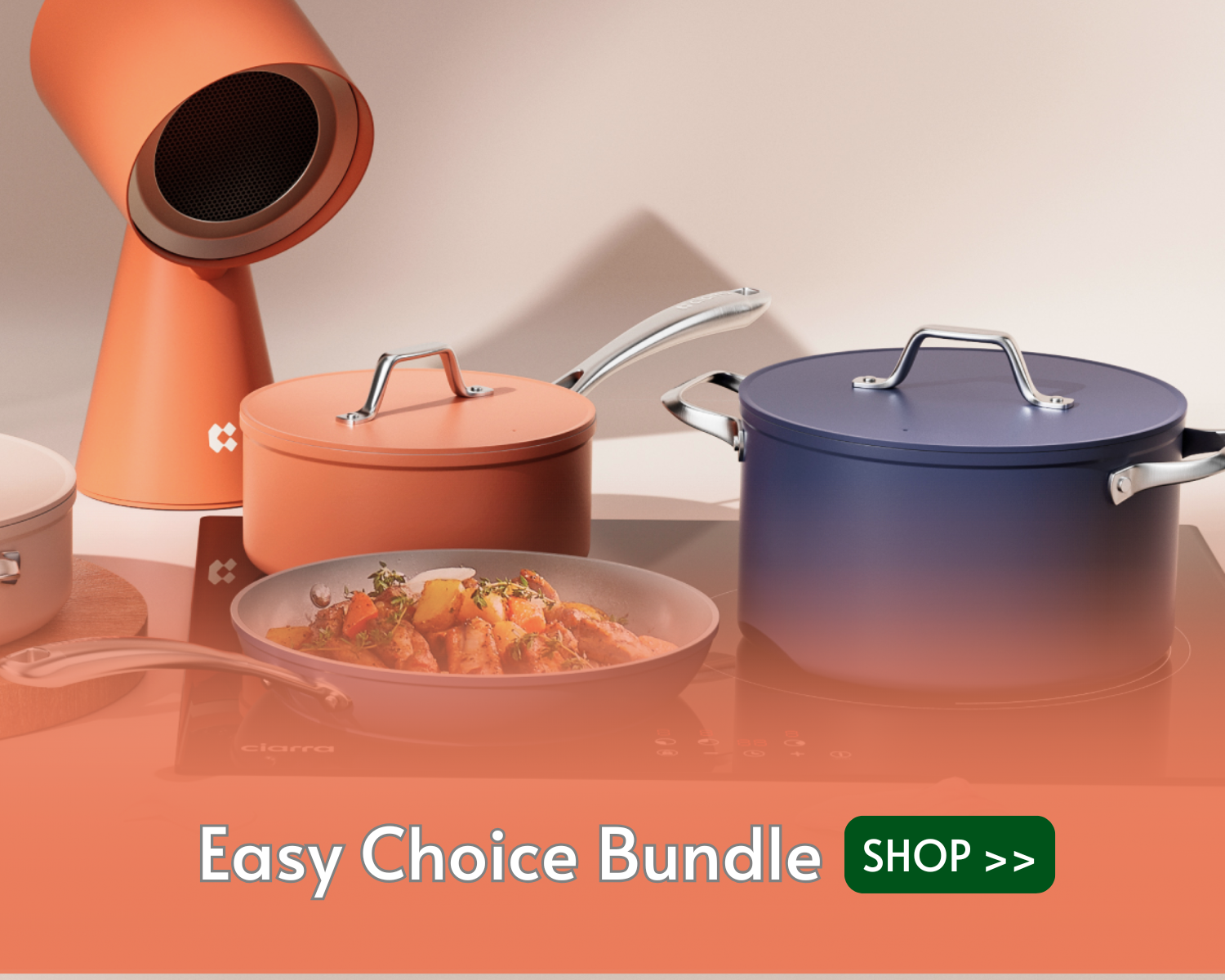
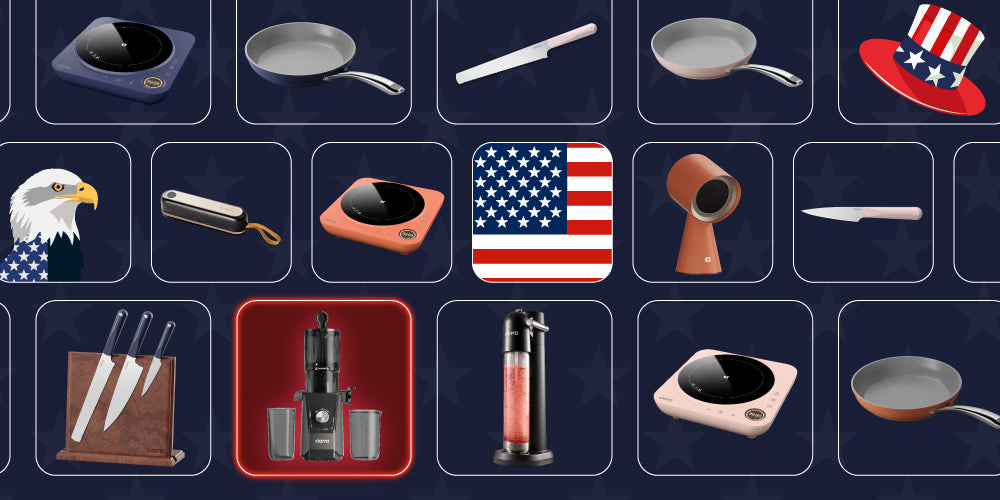
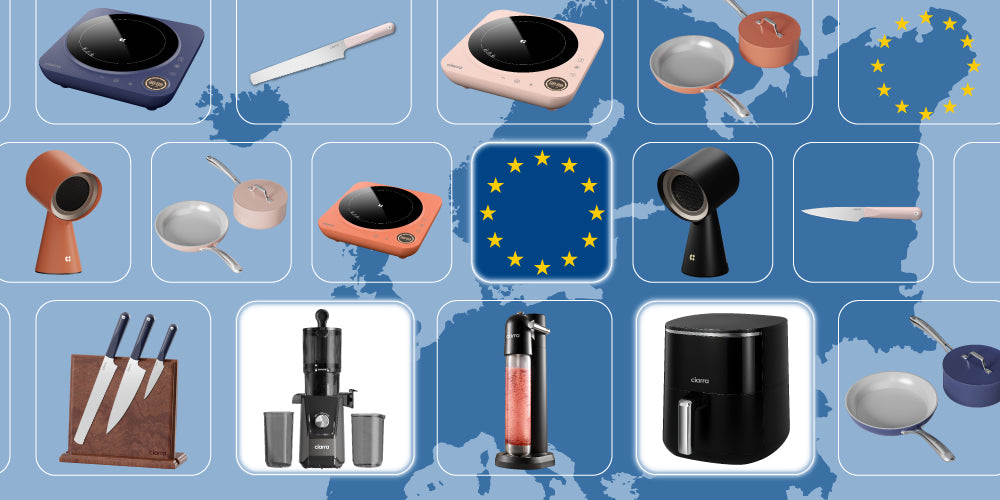
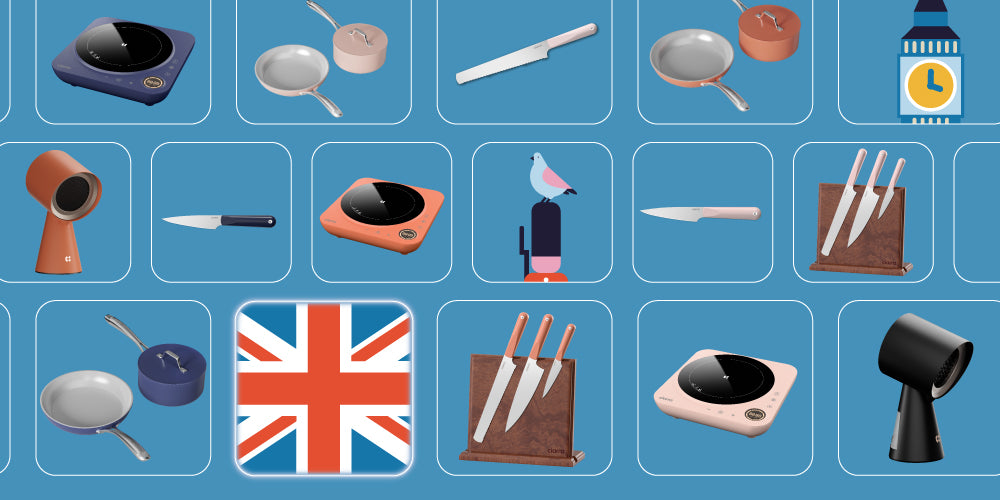
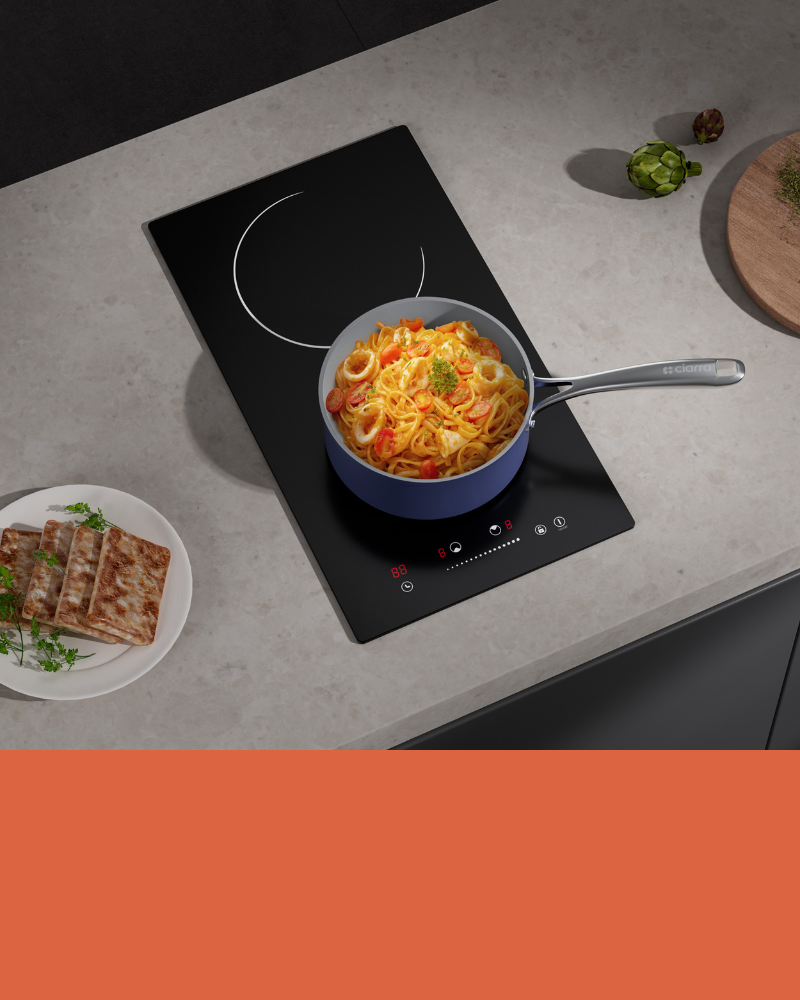
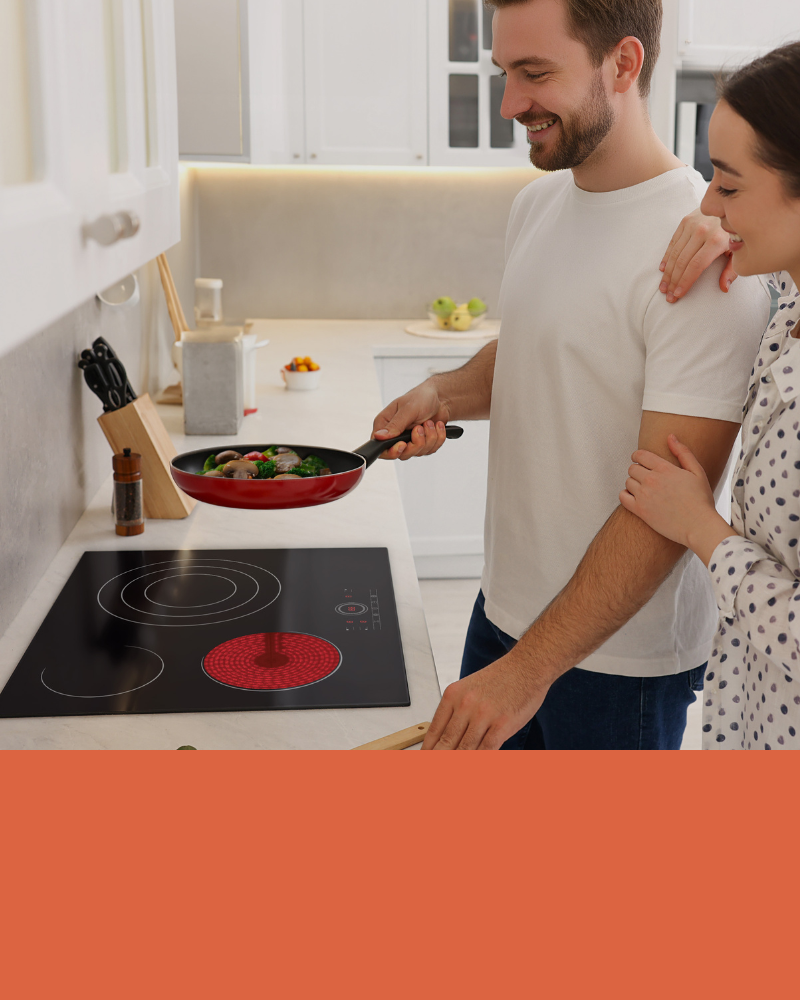
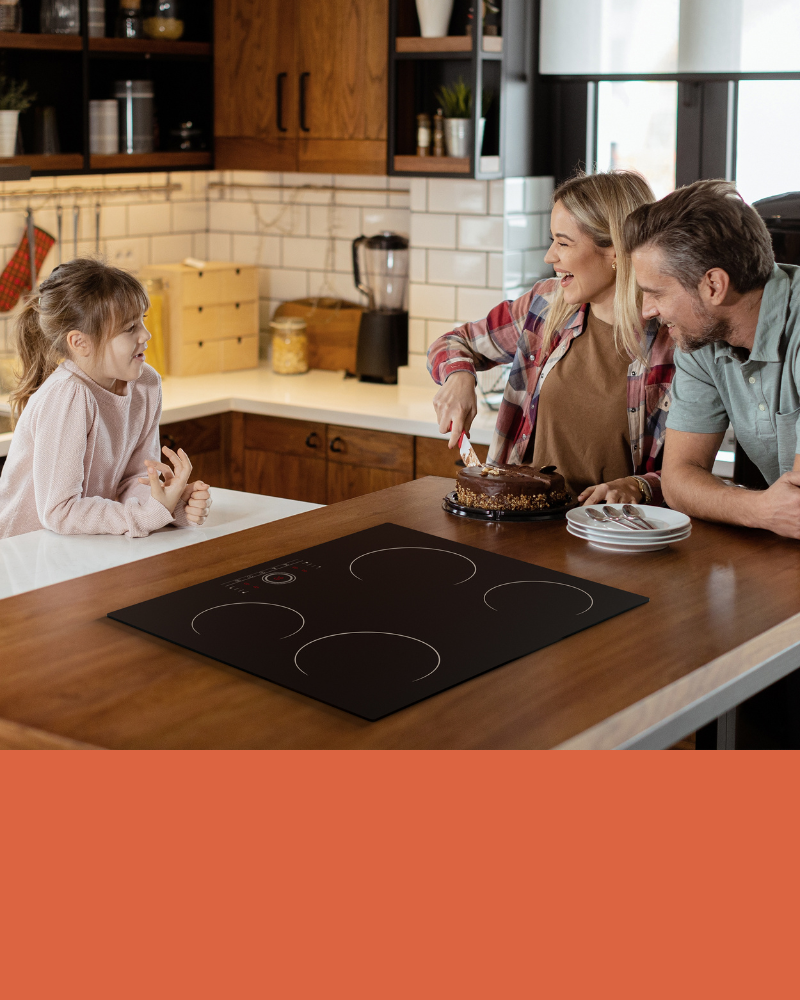
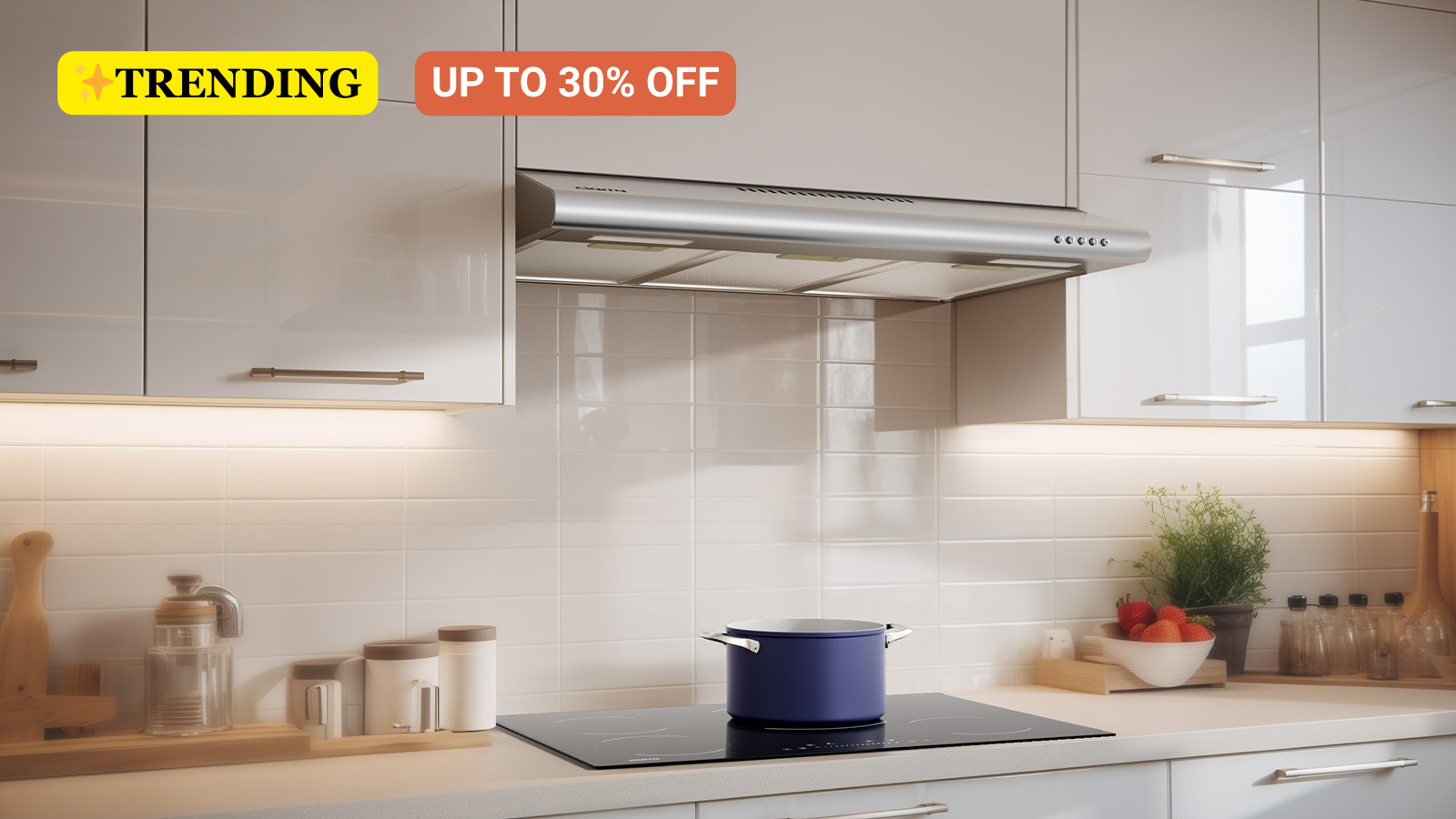
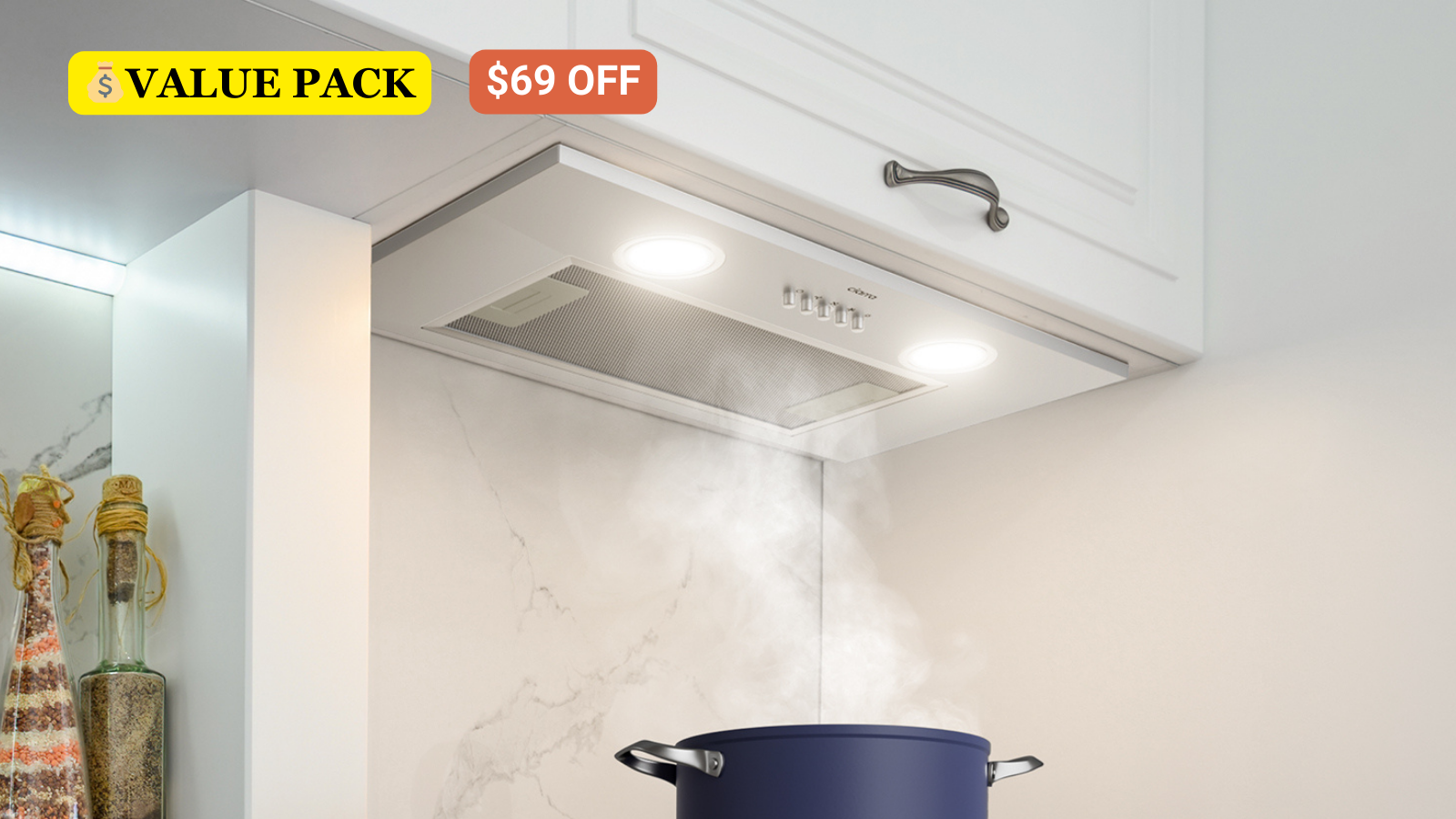
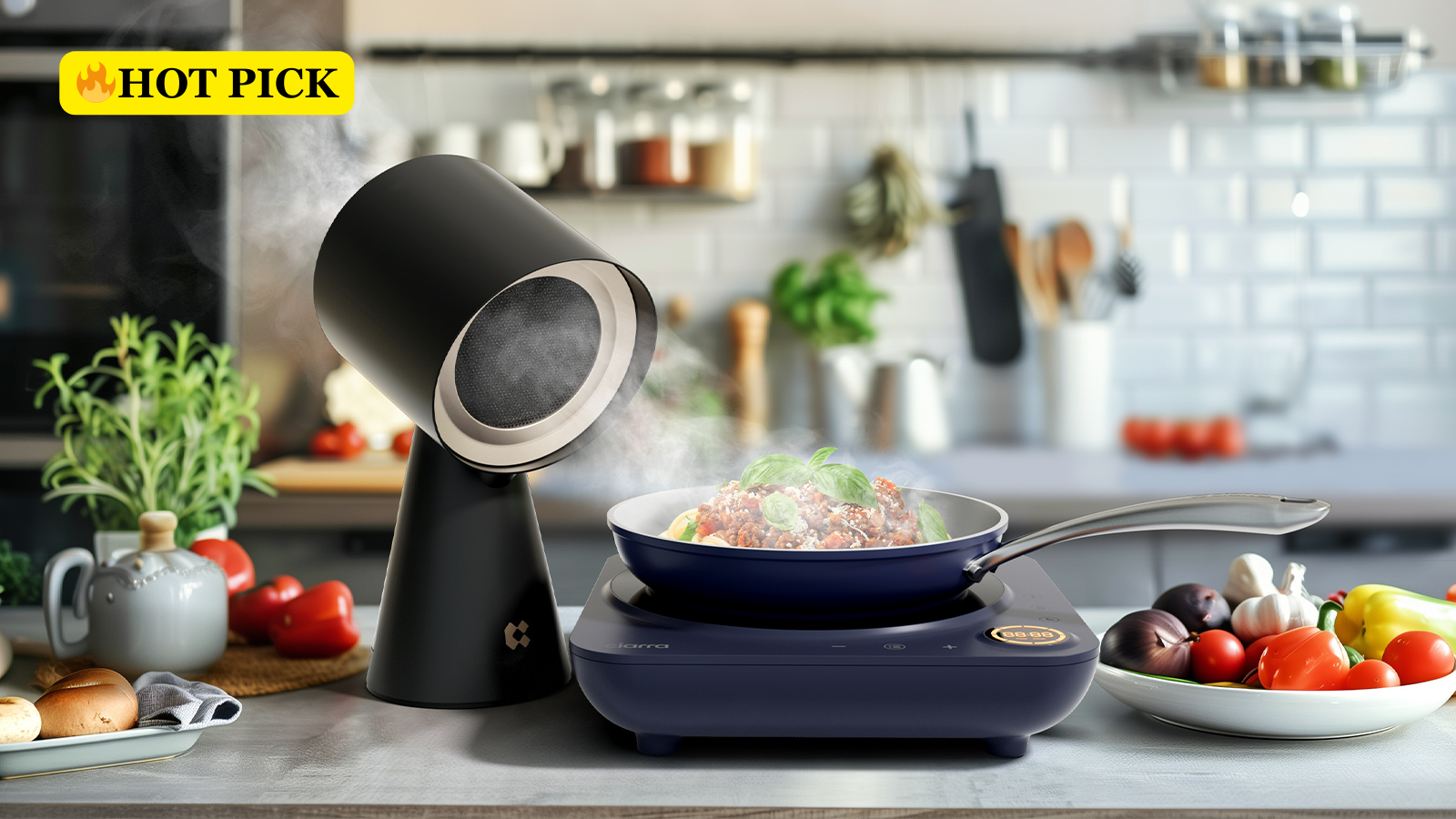
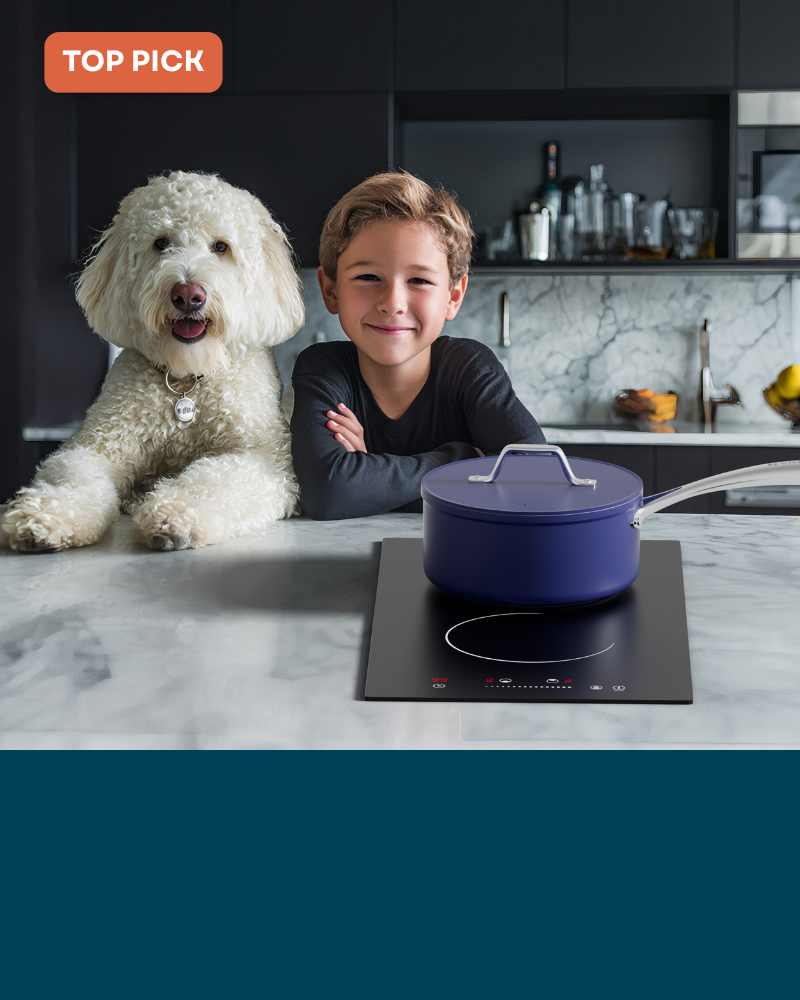
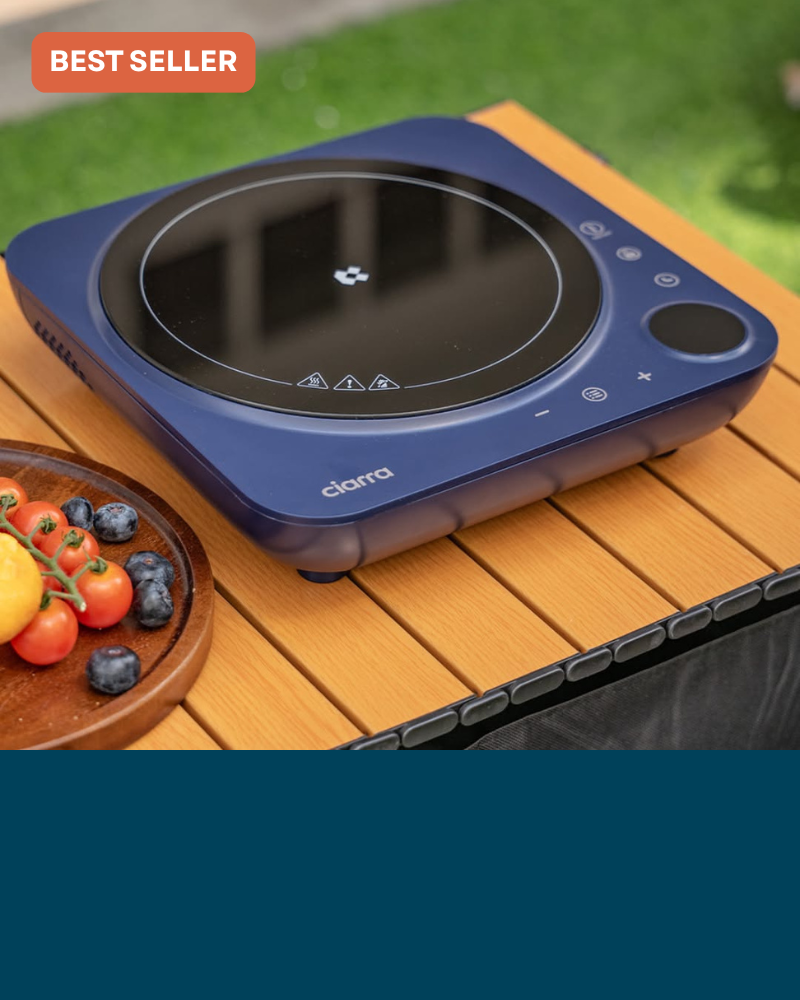
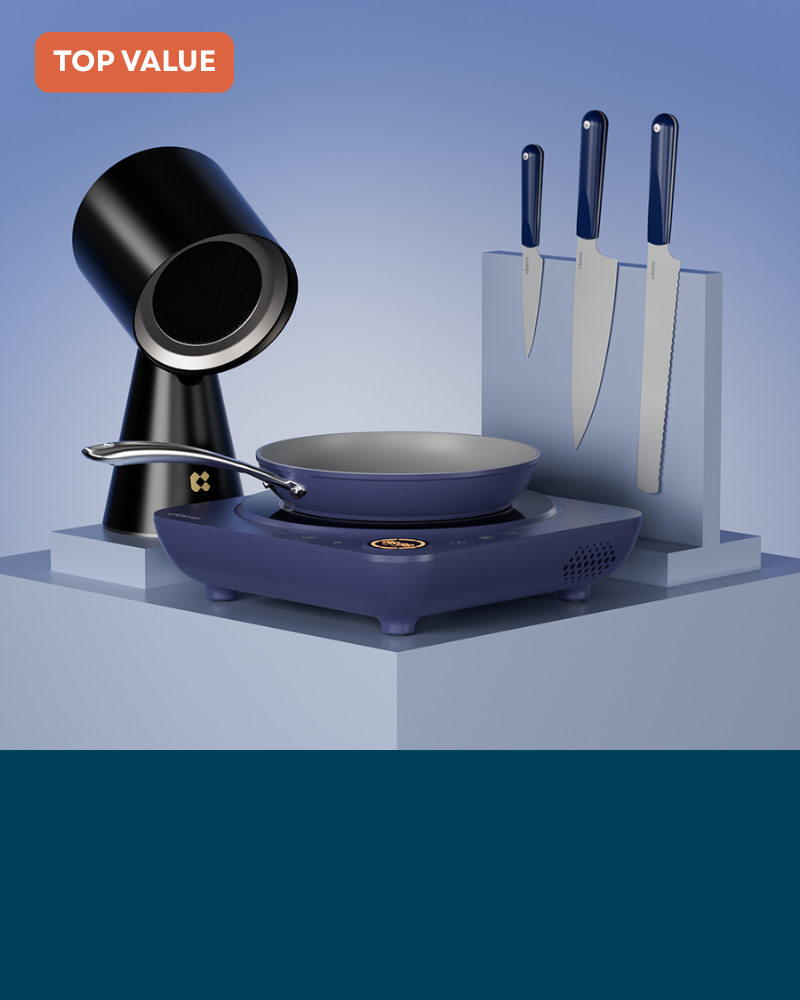
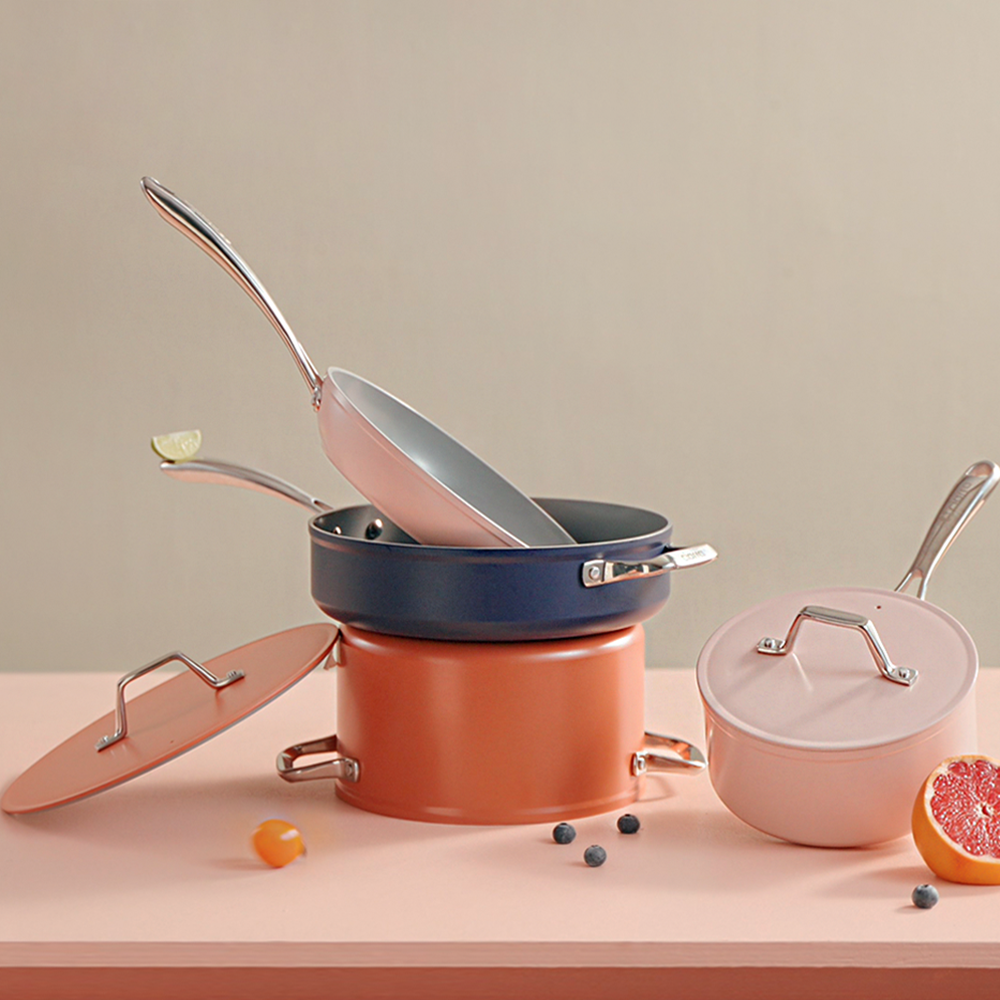
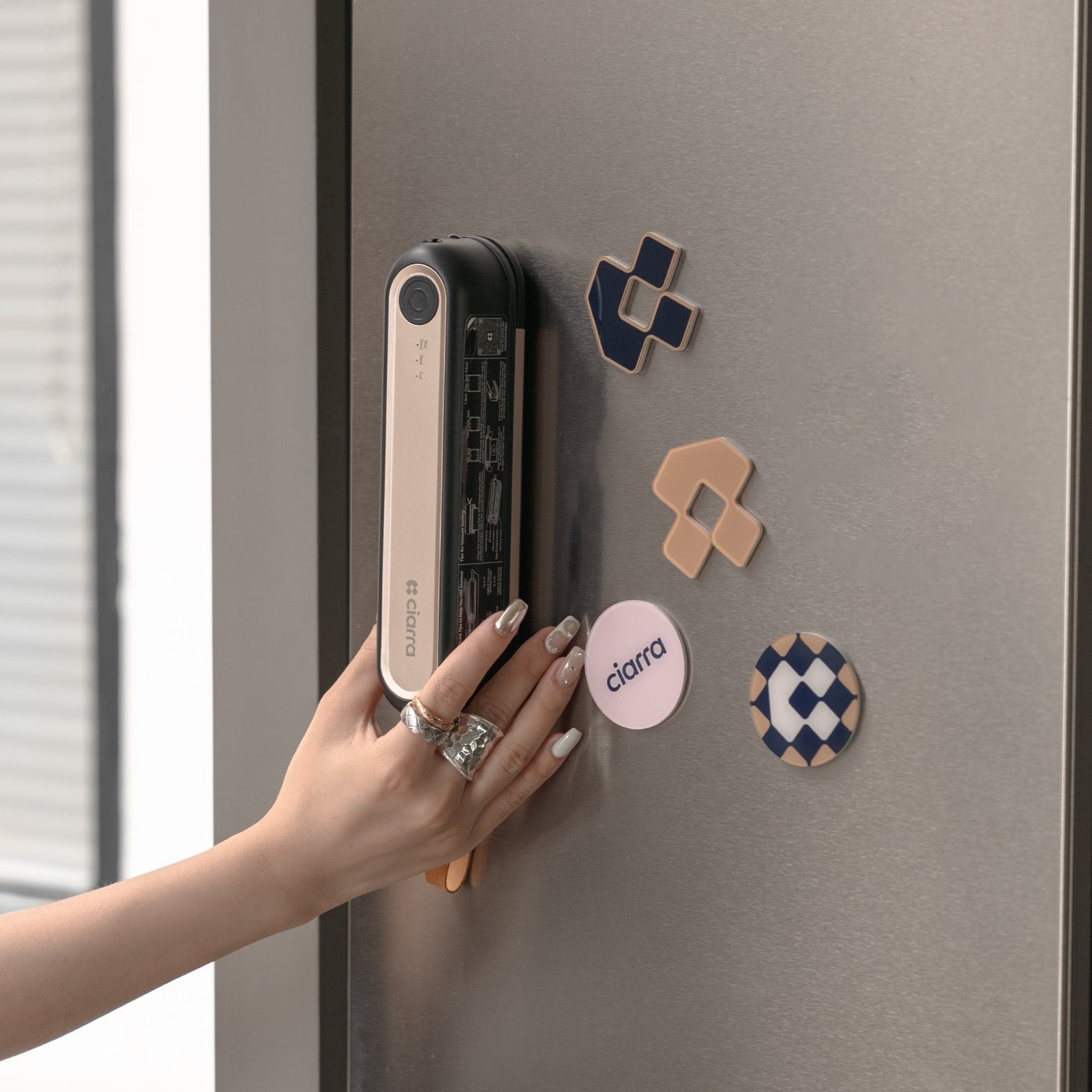
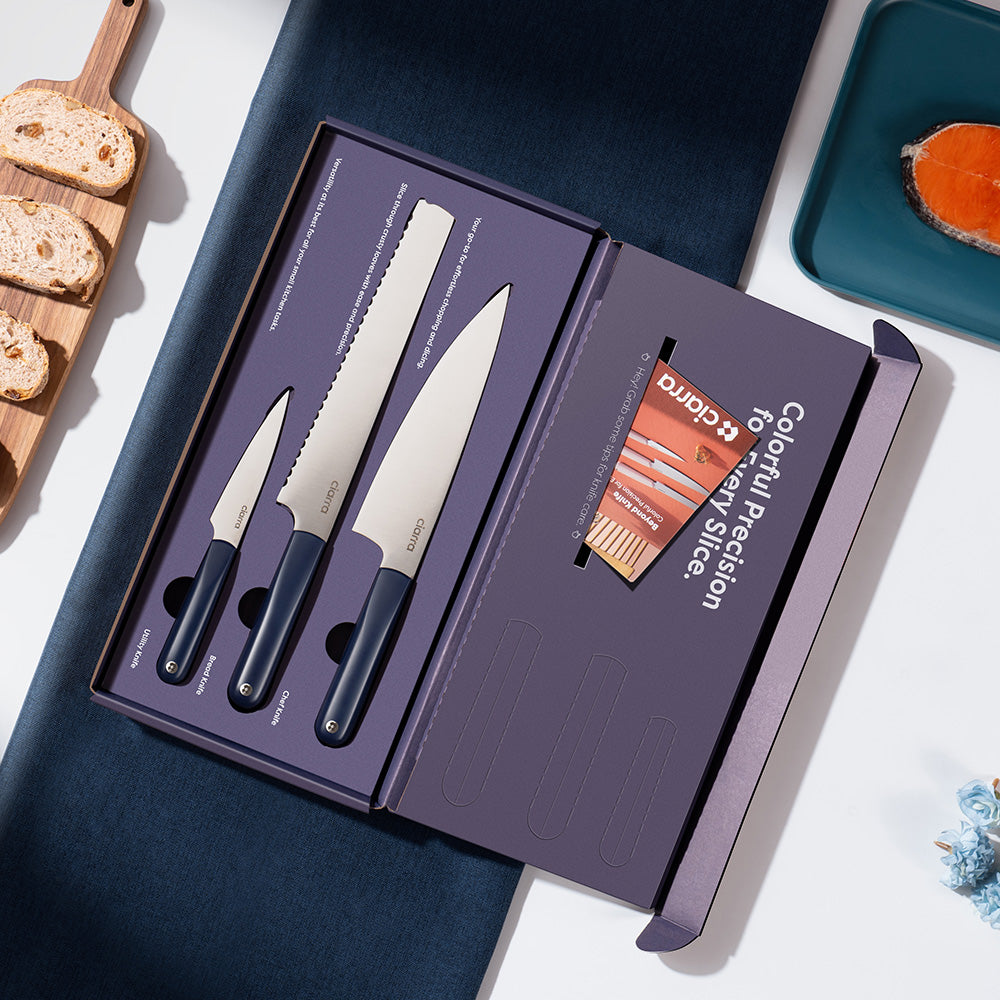

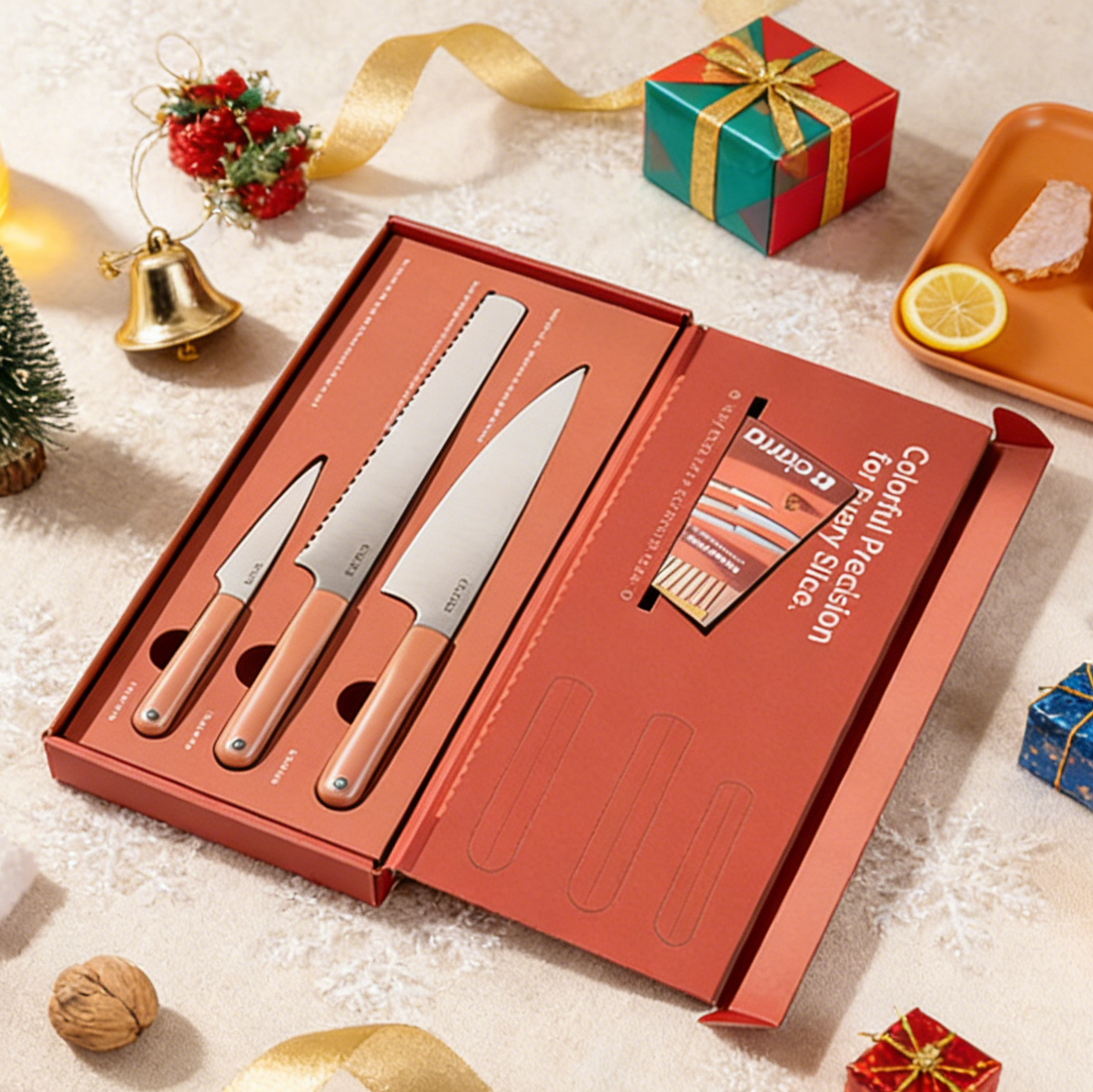
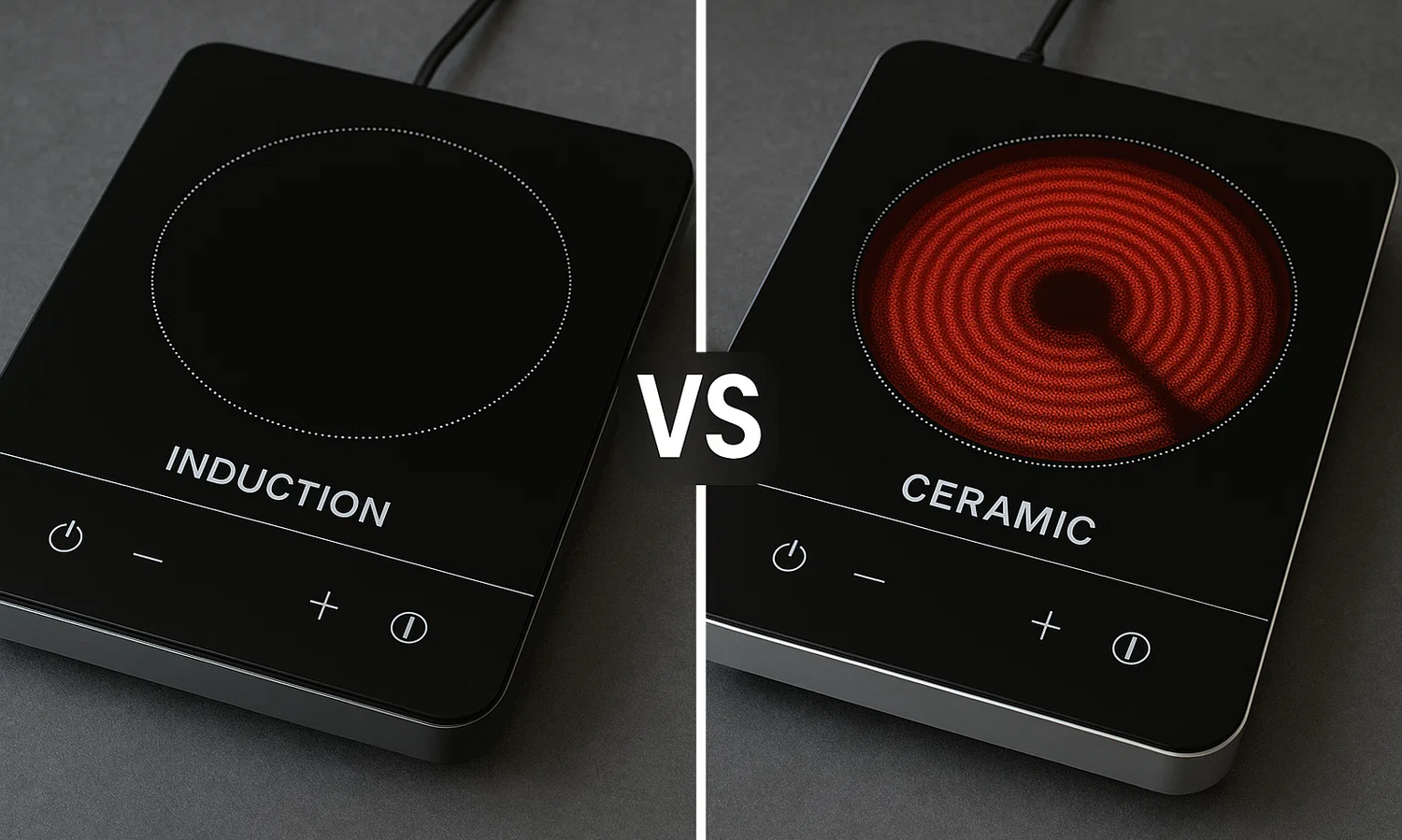
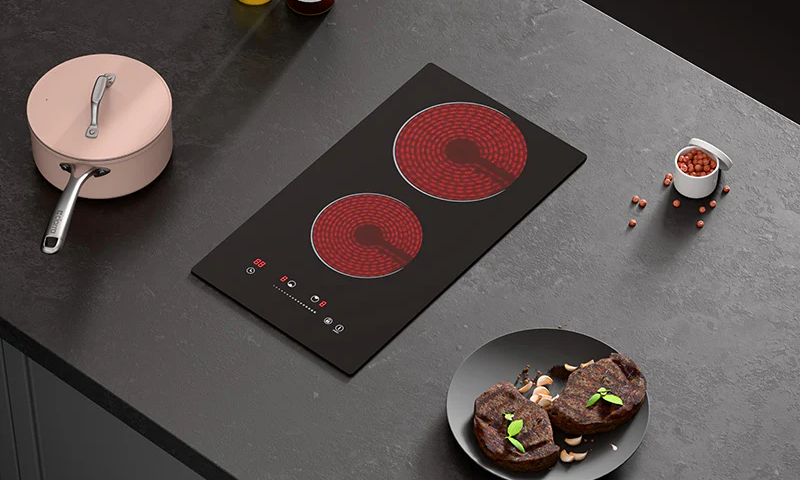
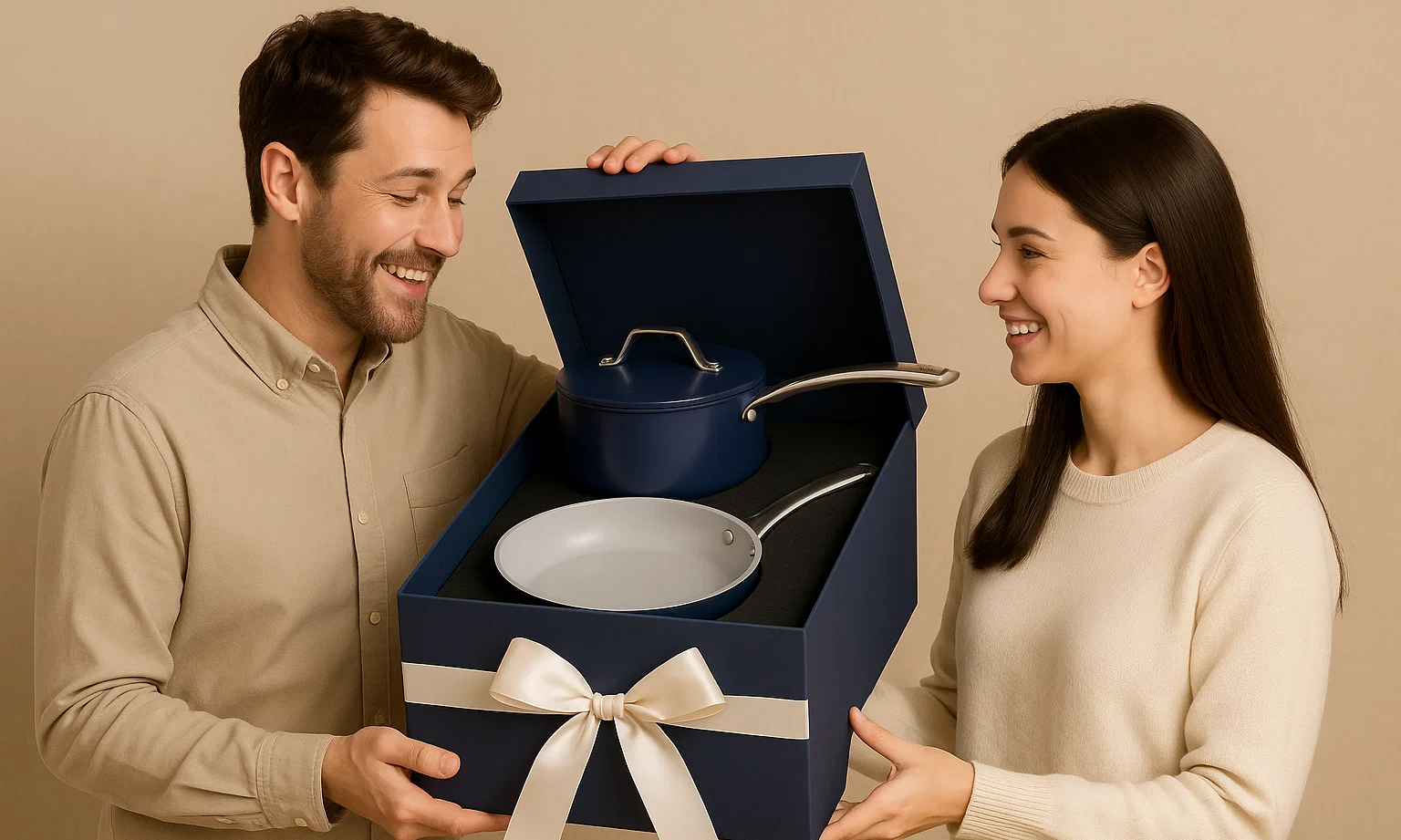
Leave a comment
All comments are moderated before being published.
Ezt a webhelyet a hCaptcha rendszer védi, és a hCaptcha adatvédelmi szabályzata, valamint szolgáltatási feltételei vonatkoznak rá.